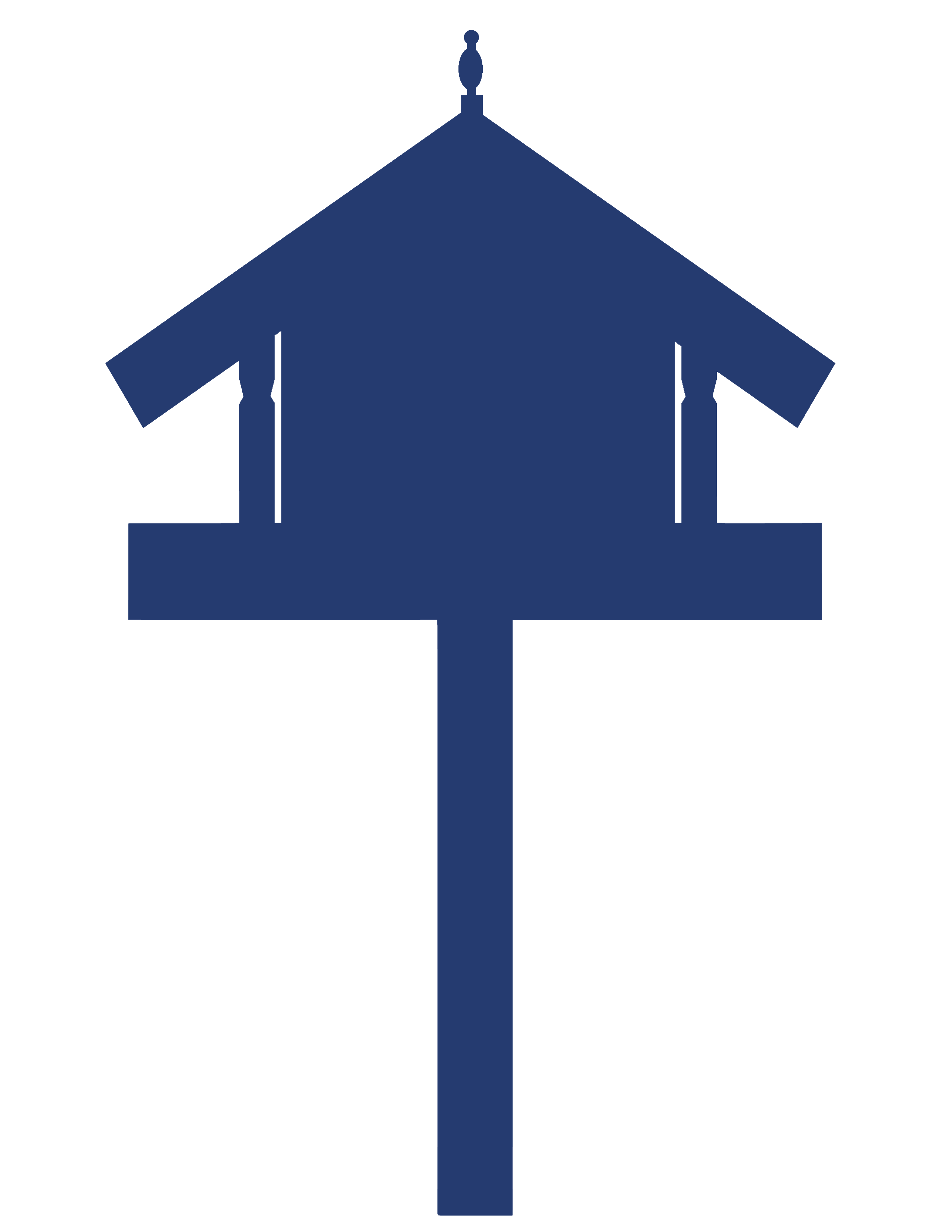Thumbs Up! Unit 2 - MY FAMILY My family
This unit teaches students how to exchange information about family members and how to count from 11 to 20 using New Zealand Sign Language.

About this resource
Thumbs Up! An Introduction to New Zealand Sign Language is a resource designed for students in years 7–8 working at curriculum levels 1 and 2. It supports the teaching and learning of NZSL as an additional language in English-medium schools.
In this resource, students are taught how to exchange personal information, introduce family members, and sign the numbers 11 to 20 using NZSL.
Thumbs Up! Unit 2 - MY FAMILY My family
Overview
Curriculum link: levels 1 and 2 of The 2007 New Zealand Curriculum.
In this unit, your students will learn how to introduce family members and give personal information.
Learning intentions
Students will:
- introduce family members and respond to introductions
- ask for and give personal information
- sign the numbers from 11 to 20.
Success criteria
The assessment criteria are based on the curriculum achievement objectives for learning languages levels at 1 and 2. These criteria measure the students’ ability to communicate in NZSL.
Vocabulary
AGAIN, BROTHER, FAMILY, FAR-OUT (WOW!), FATHER, FRIEND, MORNING, AFTERNOON, NIGHT, HOW-MANY, LATER, LOOK, MOTHER, NO, PARENTS, PICTURE, SEE-YOU, SISTER, YES, MY, YOUR, NOTHING, WHO, IX-he, him, she, her, it, they
ELEVEN, TWELVE, THIRTEEN, FOURTEEN, FIFTEEN, SIXTEEN, SEVENTEEN, EIGHTEEN, NINETEEN, TWENTY (TWO + ZERO), NUMBERS 11-20
Grammar
Negation: handwave; affirmative: headnod; possessives
Sentence patterns
Who is that woman?
That’s my mother.
How many sisters do you have?
Do you have any brothers?
Yes, I’ve got two brothers.
No, I don’t have any brothers.
Do you have any brothers or sisters?
What is their name?
His name is Jay
Support material
See Materials that come with this resource to download:
- Worksheet 2.1: Family vocabulary (.pdf)
- Worksheet 2.2: Additional vocabulary (.pdf)
- Worksheet 2.3: Numbers from 11 to 20 (.pdf)
- Scene A transcript (.pdf)
- Scene B transcript (.pdf)
Also see New Zealand Sign Language in the New Zealand Curriculum, levels 1 and 2 (page 52).
- Activity 2.1: The vocabulary for introducing family members
- Activity 2.2: The numbers 11-20
- Activity 2.3: Asking for and giving personal information
- Activity 1.4: Learning about glossing and assessing progress
Activity 2.1: The vocabulary for introducing family members
The students will learn the words for introducing family members. This activity also develops the students’ reading skills in NZSL.
Video clips to use in this activity
Teaching activities
Play Clip 2.1b. Ask the students whether they can pick out any signs they learned in Unit 1.
Introducing family members
Play Clip 2.1a. This time, have the students notice how the signers indicate the pronouns HE and SHE and their associated adjectives HER and HIS, which indicate possession. They use their index finger to point directly to a person within sight.
If the person they are talking about is absent, they point to an area of space around the signer to indicate a person, for example, their brother. From then on, that space is associated with that person.
Play clips 2.1a and 2.1b again. Have the students practise their signing along with the presenters. Repeat this task until the students achieve a good level of fluency.
Family vocabulary
Hand out Worksheet 2.1 and Worksheet 2.2. Tell students to focus on the vocabulary on the worksheets as they rewatch Clips 2.1a and 2.1b. Students can then work in pairs and practise signing the vocabulary, and giving each other feedback on how well they can “read” and understand what their partner is signing.
You will see that a sign for YES is included in the worksheets. However, a head nod is used for YES.
See Materials that come with this resource to download:
- Worksheet 2.1: Family vocabulary (.pdf)
- Worksheet 2.2: Additional vocabulary (.pdf)
Practicing family vocabulary
Get the students to stand in lines, one behind the other, facing the back of the classroom. The leader of each line is shown a word. They tap the shoulder of the next student, who turns around to face the leader. The leader signs the word using a facial expression where appropriate. The receiver repeats this step, and so on down the line. The last student in each line repeats the sign to see whether it matches what the leader expressed.
Final task
Play Scene A, which you used in Unit 1. Using a copy of the Scene A transcript, check your students’ levels of understanding. Find out whether they are following the NZSL conversations more easily after repeat viewings. Check that they know how to access the resource online. Remind them that they can play these scenes in their own time to continue to build their reading and signing skills in NZSL.
See Materials that come with this resource to download Scene A transcript (.pdf).






















